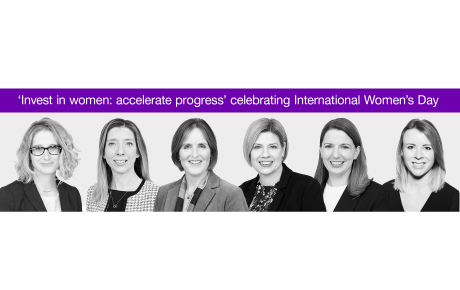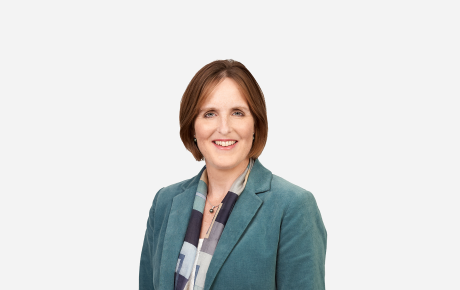
Where other markets fear to tread
Lloyd’s underwriters need to be brave when faced with new risks – it’s the spirit on which the market made its name, says Robert Hiscox.
“We go to where there is trouble. It’s the Lloyd’s spirit.” To those familiar with Robert Hiscox’s “march towards the sound of gunfire” approach, it’s no surprise to hear him exhorting Lloyd’s underwriters to hang on to their courageous approach to risk taking. Speaking to Anthony Hilton, after stepping down as Chairman of the business he joined in 1967, he doesn’t mince his words either when it comes to challenging the business model that sees Lloyd’s rely on a few brokers for the majority of its business, urging underwriters to “get up off their backsides” in the hunt for new business and opportunities.
Lloyd’s renaissance
Hiscox has seen the best and the worst of Lloyd’s during his long career, so it’s heartening to hear him deliver a positive assessment of the market’s current health. “At the moment Lloyd’s is having a fantastic renaissance and I think if it continues to act with discipline it has a very good future ahead.” Discipline though must not be the only defining attribute of the market says Hiscox, particularly given the advent of new risks: “The whole world is changing and if you have a creative spirit – which I hope and believe Lloyd’s does - then it’s a huge period of opportunity. Lloyd’s must hang onto its creativity; a place where you can turn to when a local market can’t do it or it’s too risky. The new cyber risks for example are awesome. We’re entering a new world of new risks and Lloyd’s should be there.”
It was the unique Lloyd’s ethos that Hiscox believes prevented the market from being crushed under the weight of its spiralling liabilities during its darkest days in the 1990s. “There was a tremendous spirit. A feeling that we had existed since 1688 and I remember feeling we will get through this. I knew business was pouring in and I, as Deputy Chairman, was shaking hands saying we will pay and I really was convinced we would pay. I knew somehow we would get out of this.” It was the fact that customers continued to want to do business with Lloyd’s when it was at its lowest ebb – which Hiscox attributes to the strength of the Lloyd’s brand – which kept the market afloat and convinced everyone that it could put its past behind it and trade on.
A bad business model
Despite his glowing assessment of Lloyd’s today, Hiscox has concerns that the market is overly reliant on a few big brokers: “It’s a bad business model – to have 50% of your business from two or three players makes you very vulnerable. But it’s up to Lloyd’s underwriters to get off their backsides. There is a terrible temptation for a Lloyd’s underwriter to sit down in Lime Street and wait. Trying to find new markets and new sources of business is really important.”
Hiscox also worries that the growing weight of regulation could curb underwriters’ entrepreneurial spirit. It irritates him that the insurance industry is paying for the sins of the banks, and he argues that the general insurance industry must get better at lobbying. “We are still the biggest international centre for traded business and we need a government that continues to make that easy and possible.”
After a big loss there is opportunity
It is possible that regulatory red tape will squeeze the creative life out of Lloyd’s, Hiscox warns. “Time will tell whether a really huge unquantifiable loss will cause the regulators to strangle us. All I hope is that underwriters will have the bravery to realise that after a big loss there is opportunity. You not only pay but you’re brave enough to go on underwriting when others panic. Big losses are agony at the time but they’re what we’re all about and I think that’s the spirit of Lloyd’s.” As Hiscox has been telling the market for many years, feast usually follows famine.



